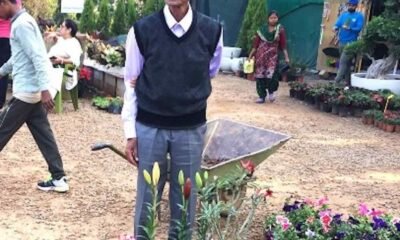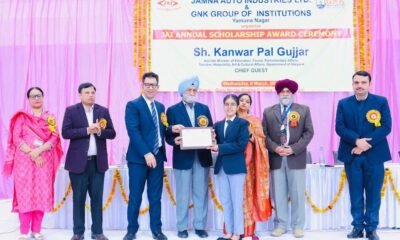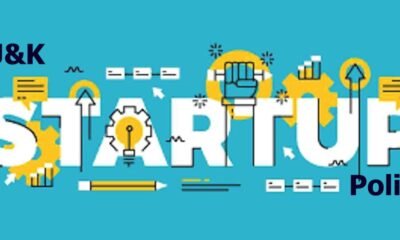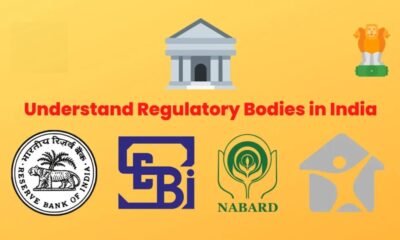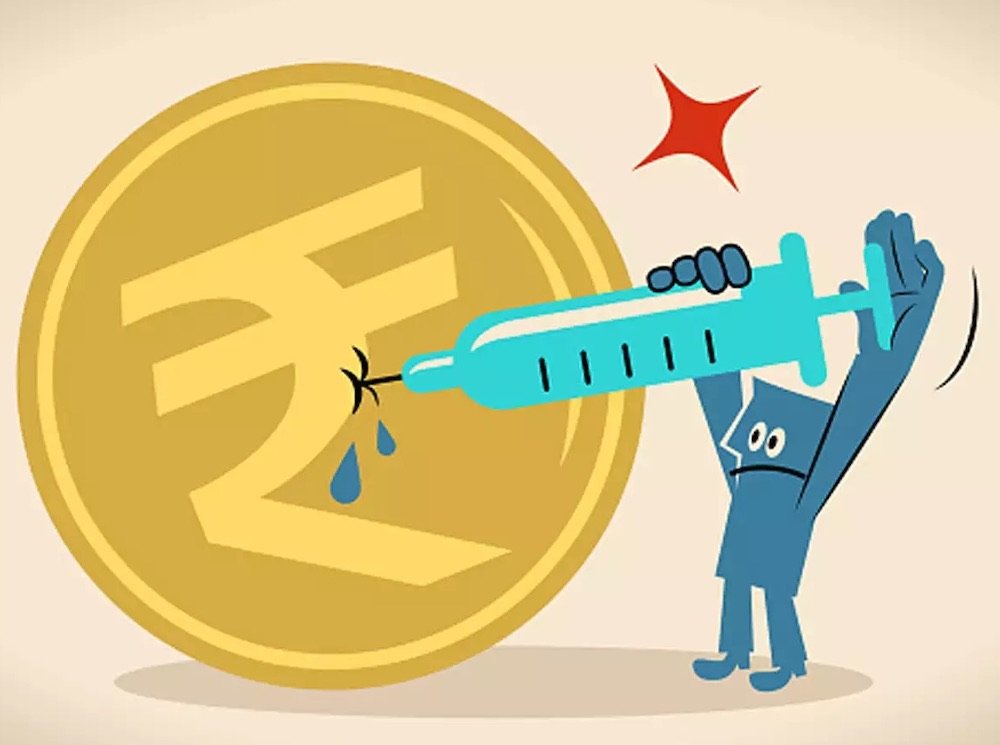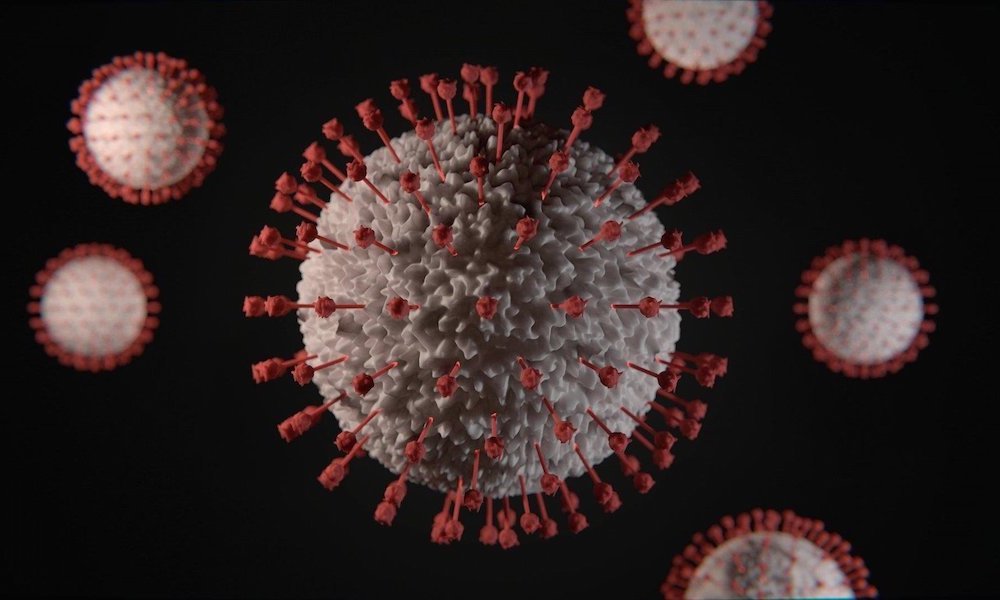J&K total No of coronavirus positive cased reaches 314
BK News
Jammu, April 16: The Government Thursday informed that 14 new positive cases of novel Coronavirus, all from Kashmir division, have been reported Thursday, thus taking the total number of positive cases in Jammu and Kashmir to 314.
According to the daily official media bulletin on COVID19, out of 314 positive cases, 272 are Active Positive, 38 have recovered and four have died.
Till date 58076 travellers and persons in contact with suspected cases have been put under surveillance which include 7463 persons in home quarantine including facilities operated by government, 265 in Hospital Quarantine, 272 in hospital isolation and 29366 under home surveillance. Besides, 20706 persons have completed their surveillance period.
Moreover, two more COVID-19 patients have recovered and were discharged on Thursday from SKIMS, Soura.
The bulletin further said that 5366 samples have tested as negative till April 16.
Providing district-wise breakup, the bulletin said that Srinagar has 78 positive cases wherein 65 are Active Positive, 12 recovered and one has died, Bandipora 66 positive cases with 54 Active Positive, 11 recovered and one died, Baramulla 42 positive cases with 41 Active Positive, and one died; Kupwara has 25 positive cases and all are active cases; Shopian has 14 positive cases out of which 12 are active positive, two recovered; Ganderbal has 14 positive cases which are all active cases, Budgam 12 positive cases of which nine are Active Positive with three recovered cases; Kulgam has 05 cases which are all active positive; Pulwama three positive cases where two Active Positive, one recovered and Anantnag district has one Positive cases which is active positive.
Similarly, Jammu has 26 positive cases of whom 23 are Active Positive and 03 have recovered, Udhampur 20 positive cases of which 15 are Active Positive, four recovered and one died, while as Rajouri has three positive cases with two active positive, one recovered; Samba district has four positive cases which are all active positive. Meanwhile, Kishtwar has only one positive case which has recovered.
The Bulletin said that the breakup represents districts from which the patients have been traced or are ordinarily residing.
The advisory further said people are requested to stay indoors, strictly implement social distancing measures, disclose recent travel history to COVID19 affected countries and report any contact with positive cases voluntarily. “Follow the rules of lockdown with utmost sincerity until 3rd May 2020.”
Stressing on the need to stay active at home during COVID-19 outbreak, the advisory said it’s important to stay active every day as much as you can. World Health Organization recommends that all healthy adults do 30 minutes / day of physical activity, and children should be physically active for 1 hour / day.
Similarly, avoid close contact with anyone that has fever and cough. “In case anyone develops fever, cough and difficulty in breathing, seek medical advice promptly. People should call on COVID19 helpline No.s so that they can be provided correct medical advice and directed to the right health facility, if needed,” reads the advisory.
In case of any emergency, people can avail free ambulance services 24×7 at their doorsteps by calling on toll free No. 108. Pregnant women and sick infants can avail free ambulance services by dialling toll free No. 102.
People can also call on toll free national helpline number 1075. J&K COVID19 Helpline Nos 0191- 2549676 (UT level Cell), 0191-2520982, 0191-2674444, 0191-2674115 (For Jammu Division), 0194-2440283 & 0194-2430581(For Kashmir Division) for support, guidance, and response to health-related queries on Novel Coronavirus Disease (COVID19).
People are advised to take basic precautions for personal hygiene; frequent hand washing with soap & water; observing coughing & sneezing etiquettes and wearing mask or face cover while moving out of their homes.
The public is advised to strictly follow the advisories issued by the Government from time to time and are urged to rely only on the information released by the government through the daily media bulletin to print and electronic media.
People are advised to refrain from spreading rumours and pay no heed to them at the same time.

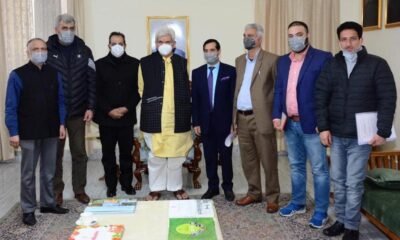

 Industry4 years ago
Industry4 years ago
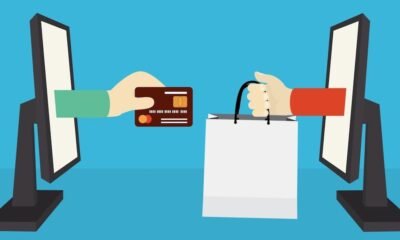

 Economy2 years ago
Economy2 years ago
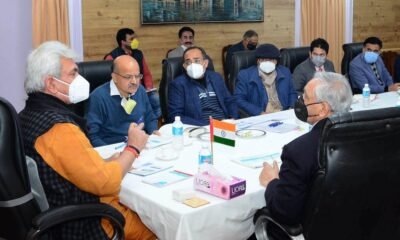

 Energy4 years ago
Energy4 years ago


 Infra4 years ago
Infra4 years ago
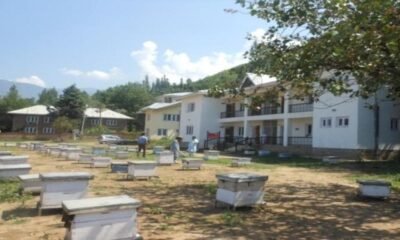

 AgriBiz4 years ago
AgriBiz4 years ago
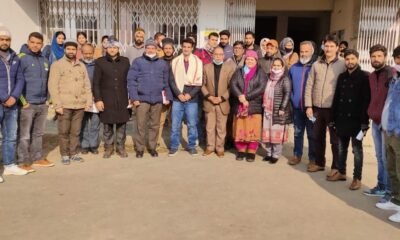

 Careers4 years ago
Careers4 years ago
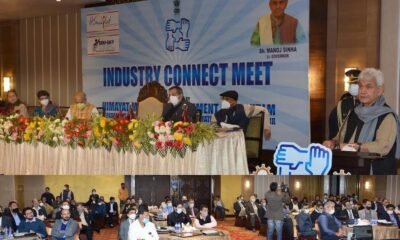

 Jobs4 years ago
Jobs4 years ago
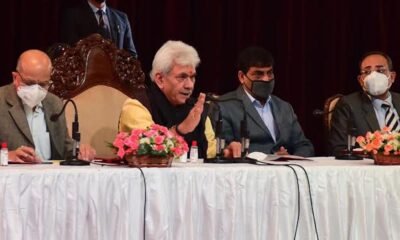

 Economy4 years ago
Economy4 years ago




